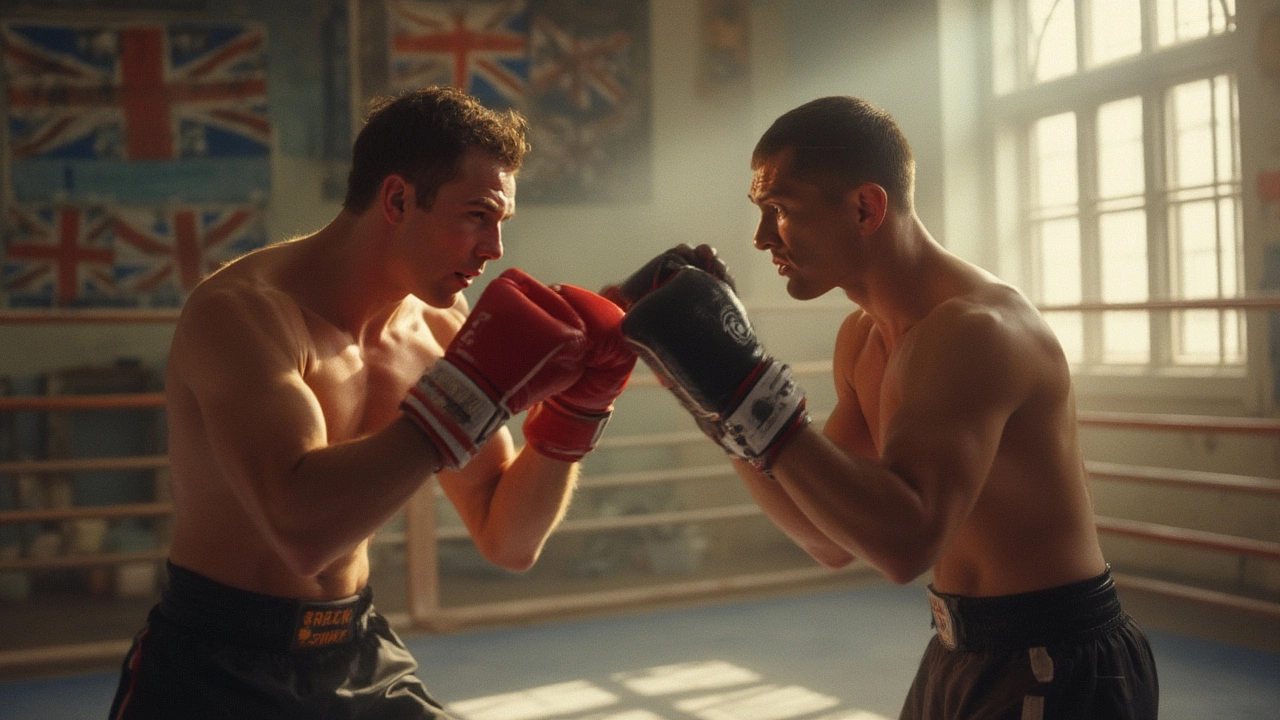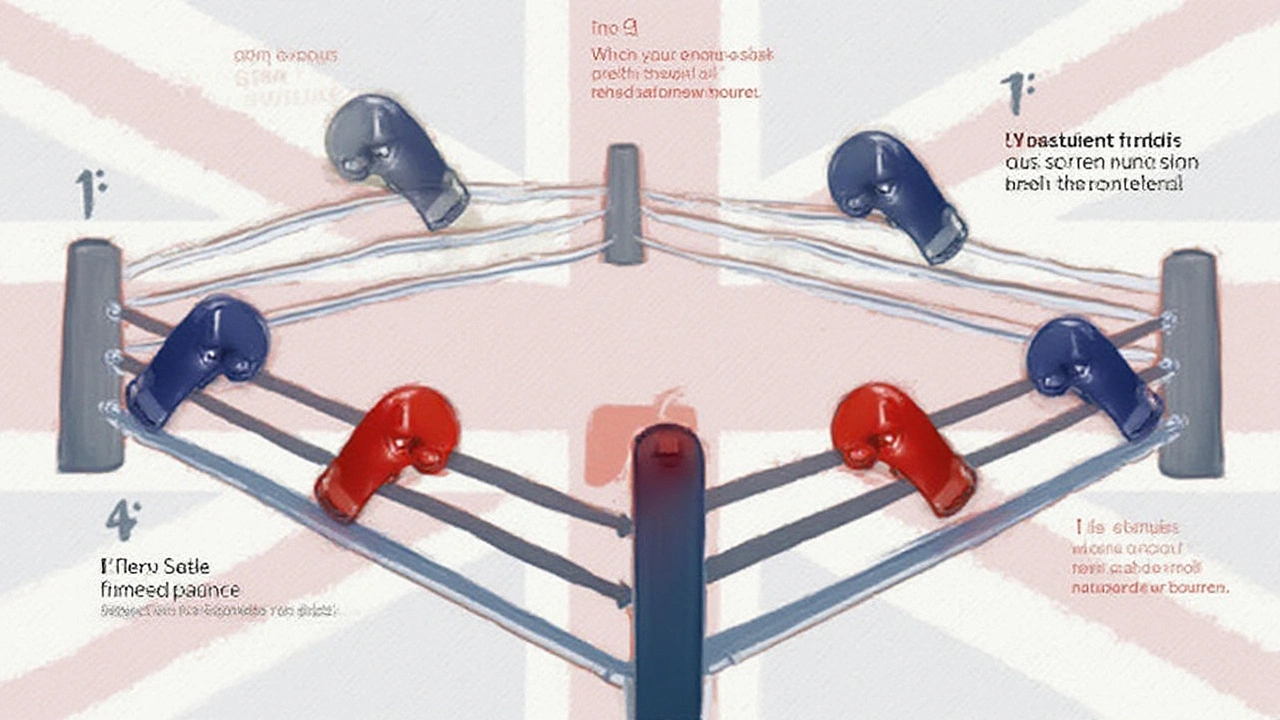If there’s a secret code in boxing gyms, it’s the mysterious 1, 2, 3, 4, 5, 6 punch system. Coaches yell out numbers; fighters react almost automatically, fists flying in smooth combos. Newcomers stand there confused. Are they counting? Is it dance choreography? Actually, this numeric system is the spine of boxing technique — a simple yet brilliant way to talk about punches, to line up combos, and teach even total beginners how to hit like a pro.
Breaking Down the 1, 2, 3, 4, 5, 6 Punches
Let’s get straight to the map — what lands when a trainer calls for “one” is not guesswork. Every punch in boxing is matched to a number:
- 1 – Jab: The basic lead punch, snapping straight out from your lead (front) hand. Most boxers are orthodox: left hand leads, right foot back, so jab usually comes from the left. It’s fast, efficient, and sets up everything.
- 2 – Cross: Now, the power shot — your rear hand fires straight and crosses the body, right hand for orthodox, left for southpaw. It’s often the finisher after a jab, and it’s called a cross because you punch across your body.
- 3 – Lead Hook: Turn that lead hand outward in a tight arc, hitting from the side. The lead hook can sneak around a guard and wreck anyone leaving themselves open. Done right, it’s devastating.
- 4 – Rear Hook: Same arc, opposite hand. For orthodox stance, this is a right hook—a punch with knockout power but used sparingly since it opens you up if thrown wide.
- 5 – Lead Uppercut: Shooting upwards from the front hand, targeting the opponent’s chin, especially if they’re bobbing or ducking. Think of it as an under-the-guard sneaky move, less common in street fights, but boxing pros love it.
- 6 – Rear Uppercut: Take that uppercut, throw it off the rear hand. It demands hip rotation, good timing, and it can end a brawl if it lands clean on the chin.
Every punch is part of this universal boxing language. Trainers can call out combos (“1-2”, “3-4-3”, or “5-2-6”) and boxers know exactly what’s coming next. It removes confusion—no matter where you train, everyone speaks this code.
For those who want the numbers at a glance, here’s how they look in a quick comparison:
| Number | Punch | Typical Hand | Direction |
|---|---|---|---|
| 1 | Jab | Lead | Straight |
| 2 | Cross | Rear | Straight |
| 3 | Lead Hook | Lead | Across |
| 4 | Rear Hook | Rear | Across |
| 5 | Lead Uppercut | Lead | Upward |
| 6 | Rear Uppercut | Rear | Upward |
Think of this as your starter pack. If you’ve ever watched a pro fight, you’ve seen these six, just in wild combinations or with slick footwork.

Mastering the Technique of Each Punch
Just knowing the number doesn’t mean you’ll throw it right. Beginners make classic mistakes: flailing their elbows, swinging too wide, or punching stiff as a board. Let’s break down exactly how to throw each, focusing on small but crucial details trainers want you to remember.
Jab (1): Start in your stance. Always snap the jab out and immediately pull it back to your guard — 'pop' is the aim, not a push. It distracts, measures distance, creates openings, and keeps aggressive opponents at bay. Never drop your rear hand while jabbing or you open your chin for a counter.
Cross (2): Loaded for power. Torque from the hips, pivot your rear foot – imagine squashing a bug with your toe. The punch is straight as a rail, cutting the shortest path between you and their face. Remember, the punch doesn’t end with your fist — twist your body, but don’t overextend or you’ll topple forward.
Lead Hook (3): The elbow should be level with the fist, not drooping. The best hooks are compact, coming from a turn of the waist, not just a flicked arm. Imagine slamming the side of a heavy bag and snapping it sideways. Thumb points up or at a slight angle, wrist tight; don’t ‘clothesline’ or you risk hurting your own arm.
Rear Hook (4): Trickier to land, but deadly. The footwork is key: shift your weight and rotate on your rear foot for maximum torque. Don’t wing it out — a compact hook, like a tight crescent, is hard to see coming and hard to defend.
Lead Uppercut (5): Drop slightly at the knees for power, keep your elbow tucked, and drive your fist up in a vertical line. Don’t swing from your shoulder, and don’t pull your arm back first (that’s telegraphing). Target is right under the opponent’s chin — perfect when they lean forward in defense.
Rear Uppercut (6): Now you’ll really look like a pro. It’s a hip-driven punch—sink your weight and rotate, driving the rear hand upward. Don’t drop your rear hand below waistline; only dip as much as needed for leverage. The sweet spot is the opponent’s centerline when they’re distracted or clinching in close.
Biggest tip? Chain your punches, don’t just throw one and admire your handiwork. Boxing is about rhythm—flow from one punch to another, keeping your feet active, guard up. Working with a partner or on mitts, have your trainer call combos by number. With time, your body memorizes the rhythm, your reactions speed up, and you’re no longer just throwing random punches — you’re creating openings and reading your opponent’s movement like a chess match with gloves.
One wild stat: studies done by USA Boxing have shown that in amateur bouts, jabs (the boxing punches that start most combos) make up 30%-40% of thrown punches, but about 50% of to-the-head scoring shots come from well-timed crosses and uppercuts. Master the basics if you want to win rounds.

Building Combinations and Training Like the Pros
All the greats — from Muhammad Ali to Canelo Alvarez — mix the 1-6 punches into flowing combinations, attacking from every angle. A boxer who always throws '1-2' is easy to read, but combine numbers in new ways, and defenses crumble.
Start with the classics. Every gym loves '1-2'—jab, cross. Throw it on the bag, mitts, or shadowboxing to get muscle memory dialed in. Then '1-2-3' steps it up, so you finish with a hook: jab, cross, lead hook. This combo forces your opponent to defend straight and side angles in just a second. Layer in uppercuts by chaining '1-2-5' or '2-3-2.' The rhythm isn’t just random — it’s about becoming unpredictable, making the other person guess.
- Key combos:
- 1-2 (Jab, Cross)
- 1-2-3 (Jab, Cross, Lead Hook)
- 1-2-3-4 (Jab, Cross, Lead Hook, Rear Hook)
- 2-5-2 (Cross, Lead Uppercut, Cross)
- 3-6-3 (Lead Hook, Rear Uppercut, Lead Hook)
For anyone training at home: tape the numbers to a mirror, call combos out loud, and check your form. When you hit the bag, start slow — focus on where your hands come back after every punch, your balance, and breathing. Go for quality over speed. Boxers log thousands of punches before combos become smooth.
Big pro tip: Don’t forget defense. Every punch leaves you open for a moment. After a jab, tuck your chin; after a cross, pivot or roll your head to the side. The best fighters blend offense and defense into the same motion, which is why mitt work is so popular — the trainer slaps back, and you practice blocking and countering just as much as punching.
Look up fight stats, and you’ll see wild numbers. In a typical 12-round pro fight, each boxer throws about 600 punches. Of these, roughly 75% are between the 1–2, with the rest filled in by hooks and uppercuts as combos build. To get good, you really have to live with these six.
One last thing: Don’t worry about inventing fancy new punches. Champion fighters all rely on perfecting jabs, crosses, hooks, and uppercuts, stitching them together in unexpected patterns. Master the basics, and you’ll have the foundation for every pro punch you’ll ever need.
